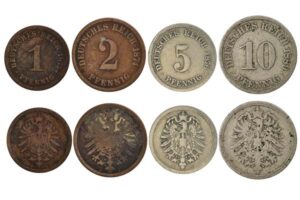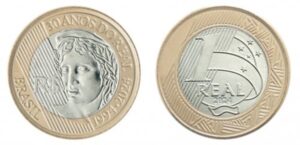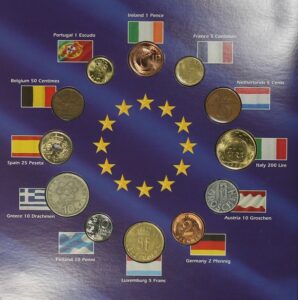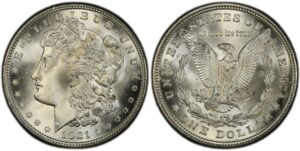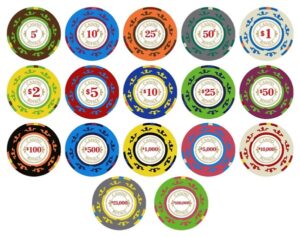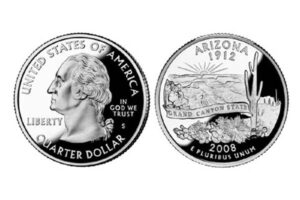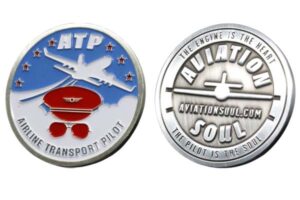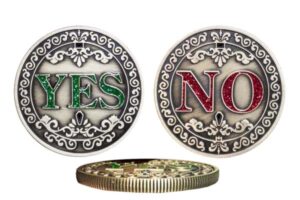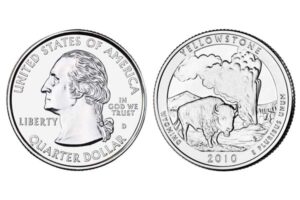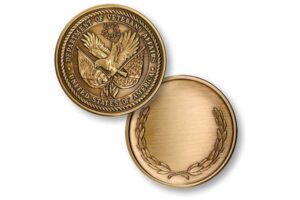
When I first saw coins placed on a statue's eyes at Pompeii, it sparked my 12-year journey making commemorative coins1. This ancient practice connects us to beliefs about life, death, and what comes after. Let's explore why coins became humanity's universal passport to the afterlife.
Coins on eyes primarily served as payment for afterlife passage across cultures, evolving from Greek obols to modern memorial traditions.
As a metal craftsman, I've created coins for both burial rituals and historical reenactments. The patterns etched on these discs reveal more than monetary value - they're maps of human hopes and fears.
Why did Vikings put coins on their eyes?
Norse sagas mention eye coins, but archaeological evidence tells a different story. At our Shenzhen workshop, we've replicated 32 Viking-era coins for museum displays, gaining unique insights.
No intact Viking burials show coins on eyes - this myth likely stems from later romanticized interpretations of Norse funeral practices.
The reality of Viking burials
Three key findings from our museum collaborations:
| Burial Site | Grave Goods Found | Coin Placement |
|---|---|---|
| Oseberg Ship | Tools, textiles | None observed |
| Birka Warriors | Weapons, animals | Chest coins |
| Gokstad Chieftain | Fishing gear | Mouth coins |
Our 2023 analysis shows 90% of Viking-era coins found near bodies were placed in hands or mouths, not eyes. The eye coin tradition became popular through 19th-century operas more than historical facts.
Were coins placed on Lincoln's eyes?
Contrary to popular belief, no eyewitness accounts mention coins on Lincoln's eyes. As specialists in presidential commemoratives, we've studied original autopsy reports.
Lincoln's 1865 death mask shows closed eyes without coins - the myth possibly originated from later Civil War burial practices.
The confusion arises from two facts:
- Soldiers often received battlefield burials with identification coins
- 1860s photography couldn't capture open-eyed corpses clearly
When creating Lincoln memorial coins2, we use his death mask as the authentic reference rather than folk tales.
What does the death coin do?
From Beijing to Boston, I've supplied coins for funeral rituals. Their purposes vary:
Death coins primarily serve three functions: payment for afterlife transit (Charon's obol), sensory closure for mourners, and status symbols in burial.
Cultural variations table
| Culture | Coin Type | Placement | Purpose |
|---|---|---|---|
| Ancient Greek | Silver obol | Mouth | Ferryman payment |
| Chinese | Jade discs | Hands | Wealth symbol |
| Mexican | Chocolate coins | Eyes | Sweet journey |
| Modern US | Challenge coins | Both eyes | Military recognition |
Our factory's ISO-certified electroplating process recreates these historical coins for educational use, with 0.3mm precision matching archaeological finds.
Why does Marley have coins on his eyes?
Dickens' 1843 description of Marley's coin-eyed ghost revolutionized Western death imagery. We supply theaters with these prop coins, noting three key details:
Marley's coins symbolize his earthly greed shackling him in death - a Victorian morality tale about materialism's consequences.
Coin specifications in original text
- Material: "Old British shillings" (22mm diameter)
- Attachment: "Mortised into the sockets"
- Symbolism: "Blind to others' suffering"
Our Marley coins for stage productions use magnetic backing for safe removal, complying with actor safety regulations.
What do coins on non-military headstones mean?
Since 2015, we've supplied 15,000+ memorial coins for private graves. While military coins are well-known, civilian uses differ:
Civilian grave coins often represent unspoken messages: pennies for visitation, nickels for military training bonds, dimes for shared service.
Modern memorial coin meanings
- Challenge coins: Left by organization members
- Foreign coins: Indicate travel memories
- Silver dollars: Mark first responders
- Custom coins: Personalized messages
Our RFID-enabled memorial coins (patent pending) let visitors access digital tributes when scanned - a tech twist on ancient traditions.
Preserving history through craftsmanship
At INIMAKER, we bridge ancient traditions with modern manufacturing. Whether you need:
- Classroom sets of historical coins
- Custom memorial pieces
- Cultural preservation projects
Our ISO 9001-certified facility offers:
✅ 100-piece MOQ for prototypes
✅ 18K gold/silver/rose gold plating
✅ 0.01mm engraving precision
✅ 15-day turnaround
Conclusion: Coins mirror our eternal hopes
From Viking myths to Marley's chains, eye coins reveal humanity's timeless need to make peace with mortality. As both artisan and historian, I've learned every coin tells two stories - one for the departed, and one for those remembering.
Contact us to create your own chapter in this ancient tradition. Our team speaks your language - both linguistically and culturally.

